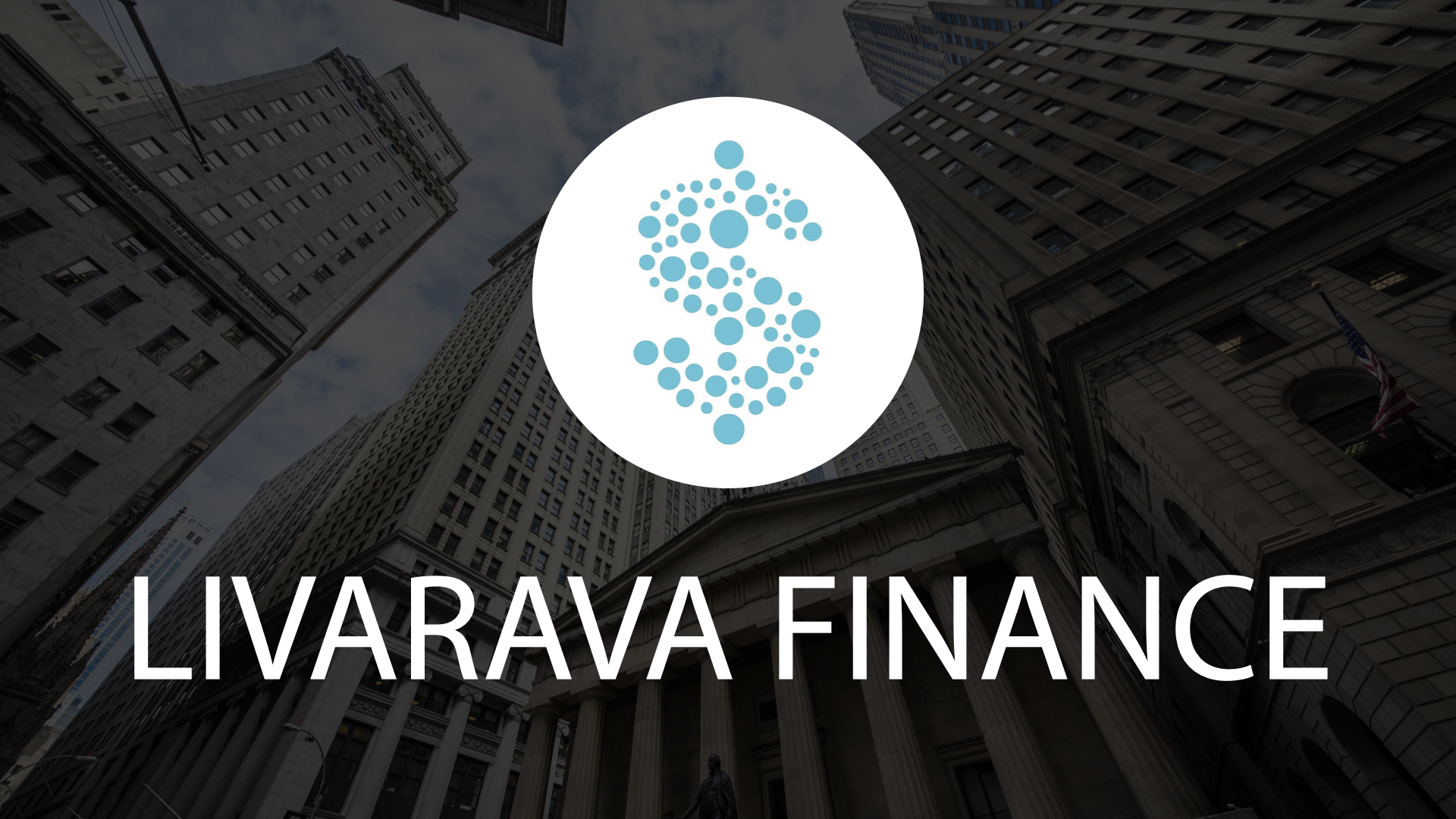The Comprehensive Guide to Index Capping: Methods and Timing

What is Index Capping?
Index capping refers to the methods used to limit the weight of individual stocks within a financial index.
When to Implement Index Capping
The timing of index capping can significantly affect market performance. Key moments to consider include:
- Market Volatility: Capping during volatile periods can maintain stability.
- Quarterly Reviews: Many indexes undergo reviews on a regular basis.
Benefits of Index Capping
- Reduces Risk: Limits the influence of major players.
- Encourages Diversification: Promotes a varied investment landscape.
Conclusion
In summary, index capping is an essential tool for managing index performance and risk. Investors should consider timing and methods carefully to fully leverage the potential benefits of this strategy.
This article was prepared using information from open sources in accordance with the principles of Ethical Policy. The editorial team is not responsible for absolute accuracy, as it relies on data from the sources referenced.